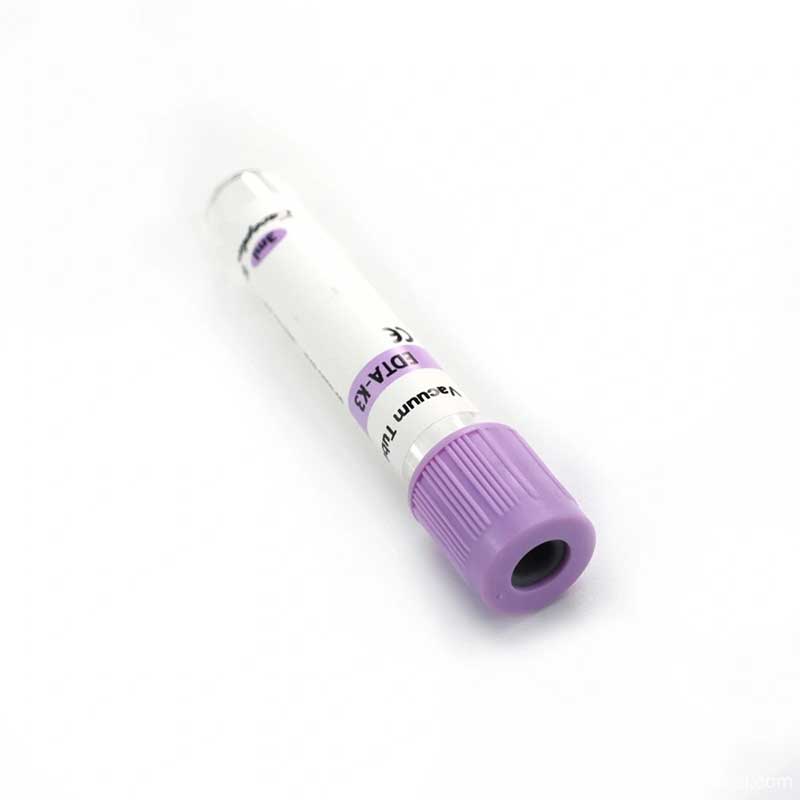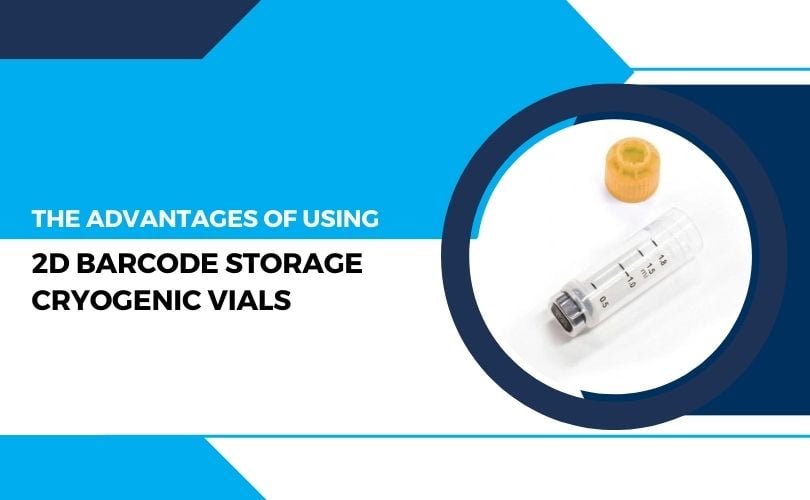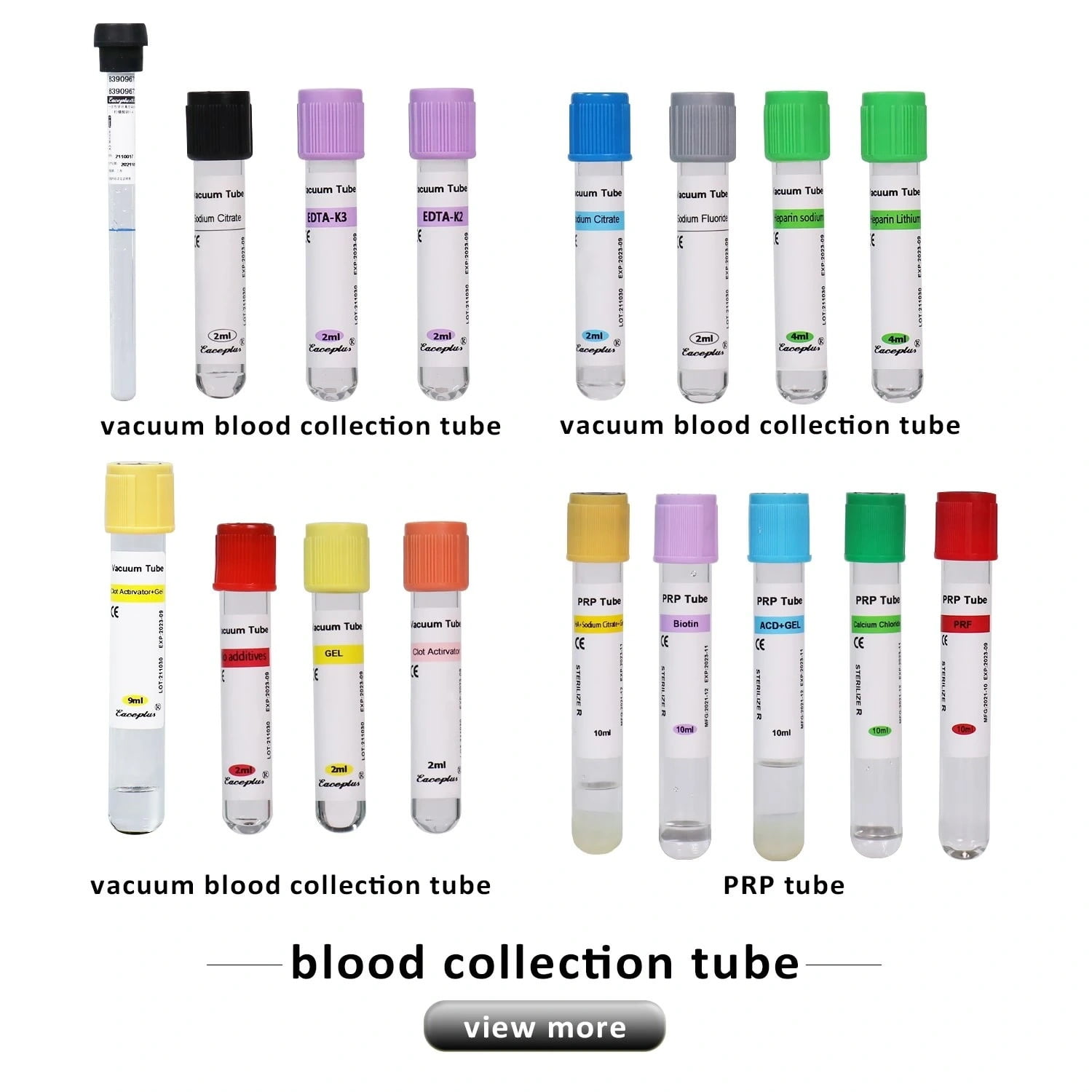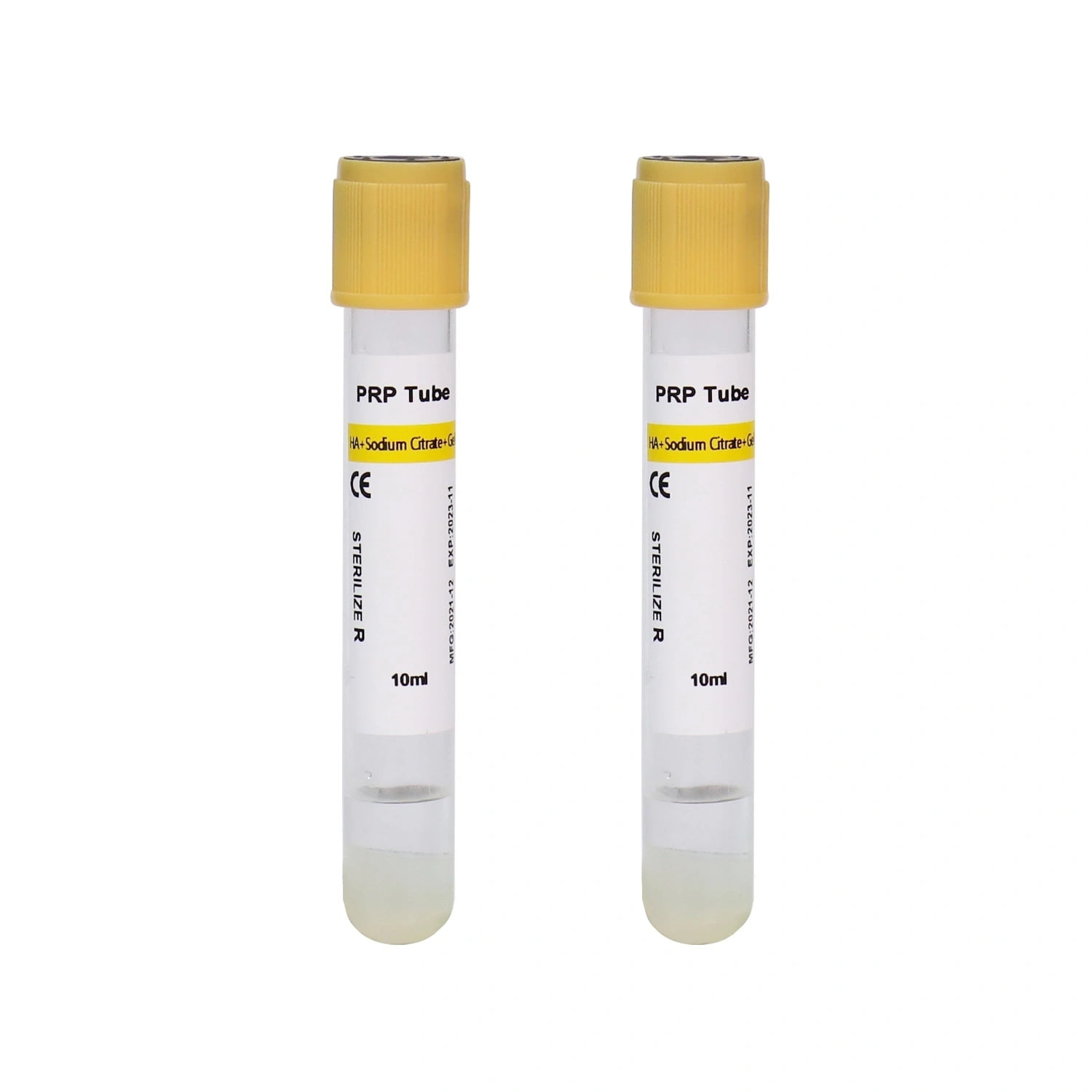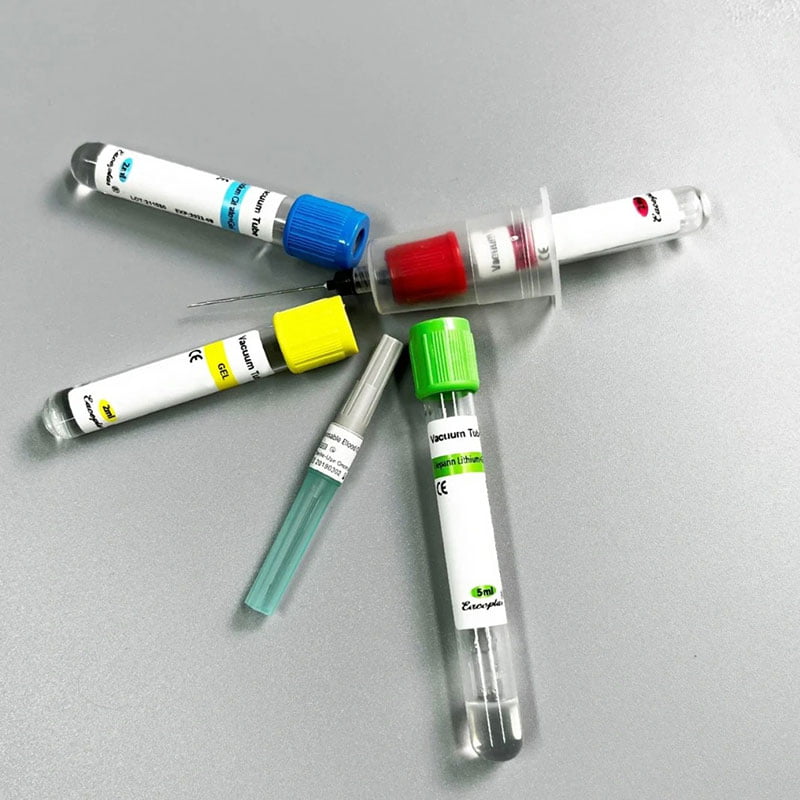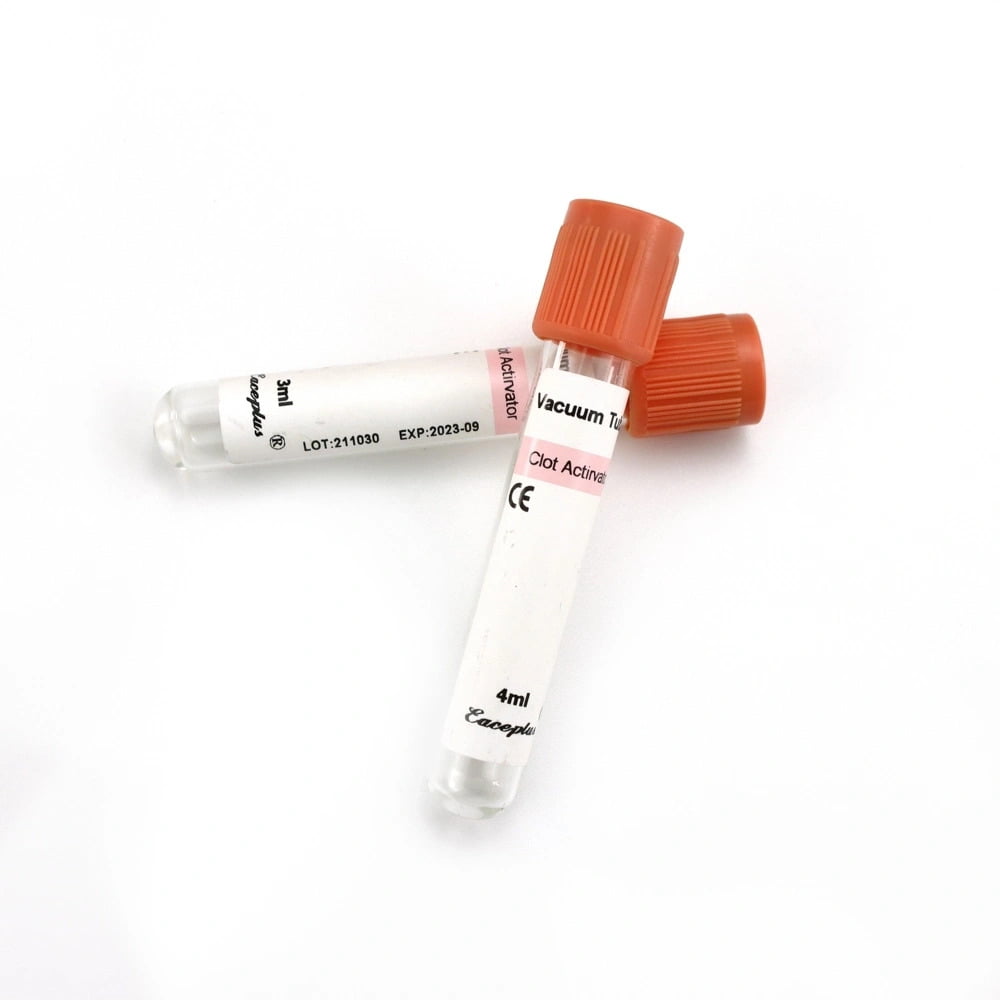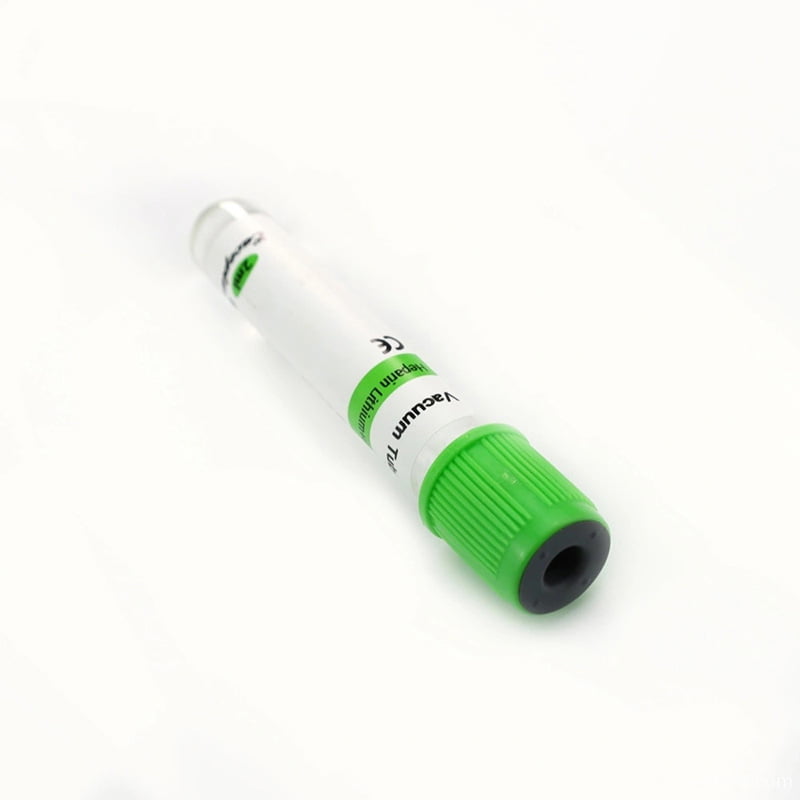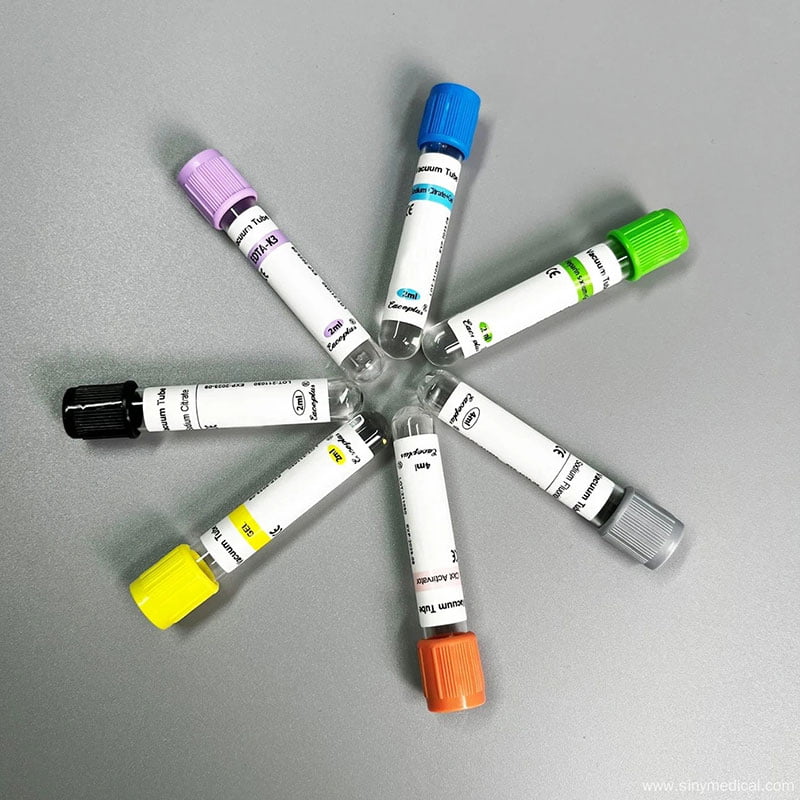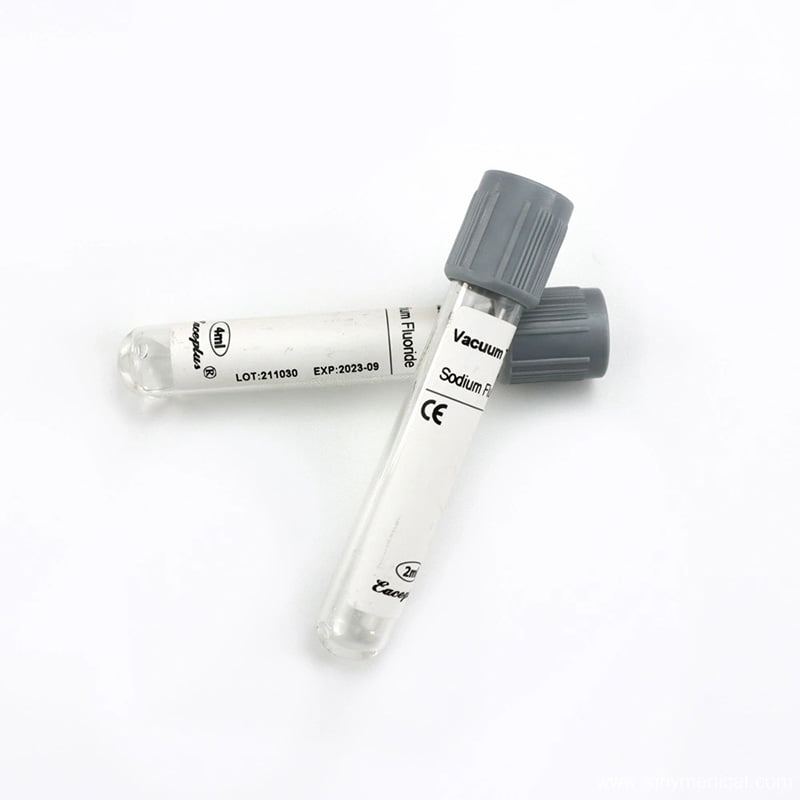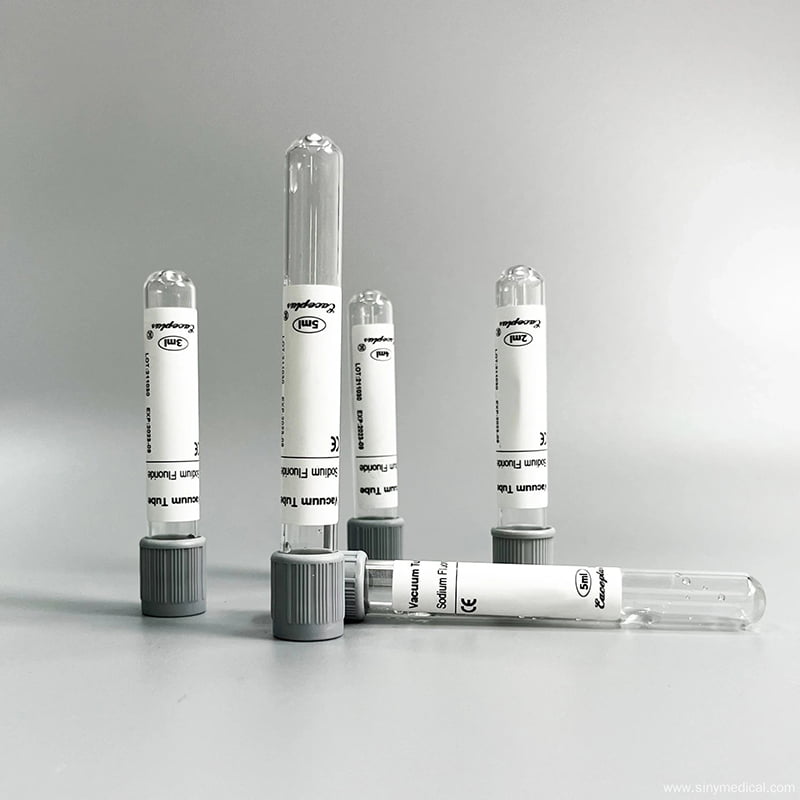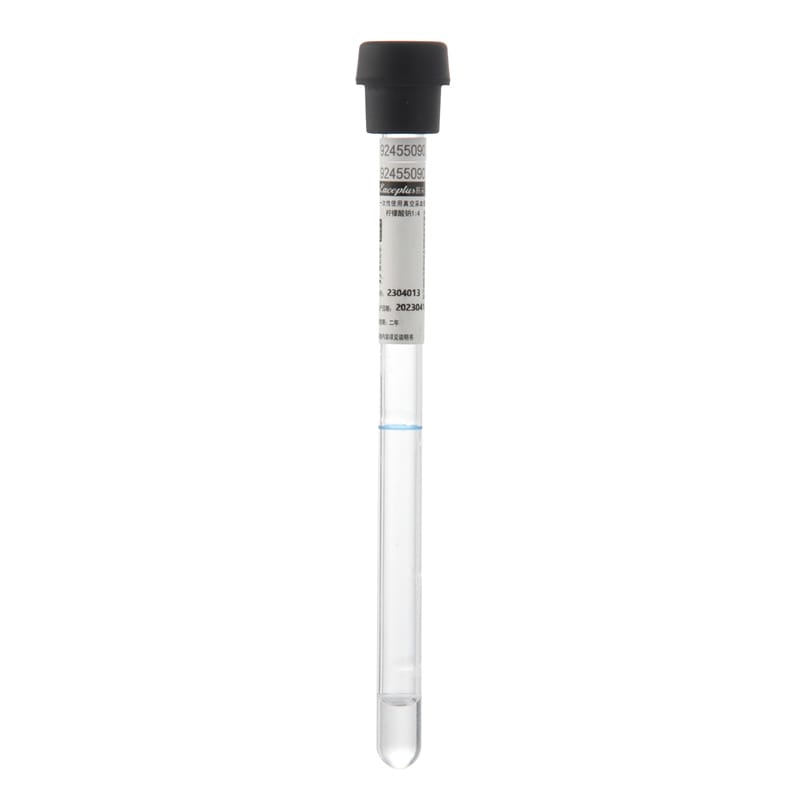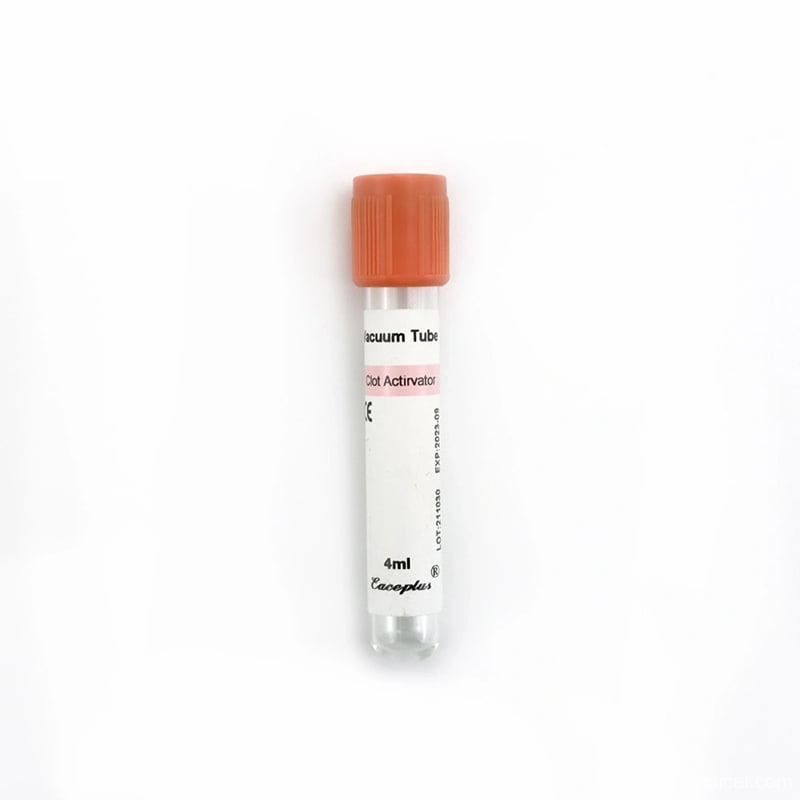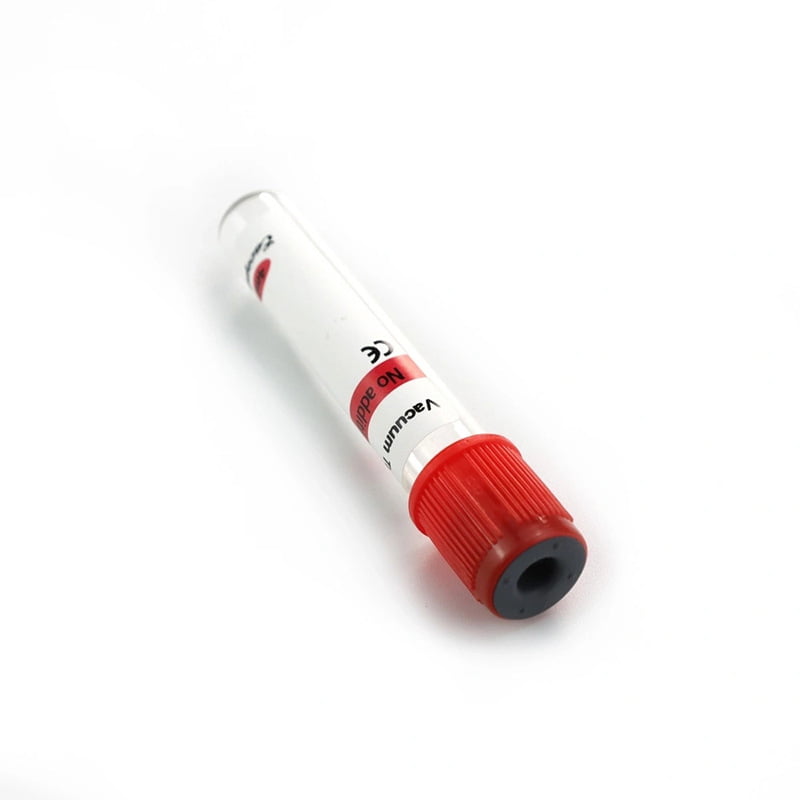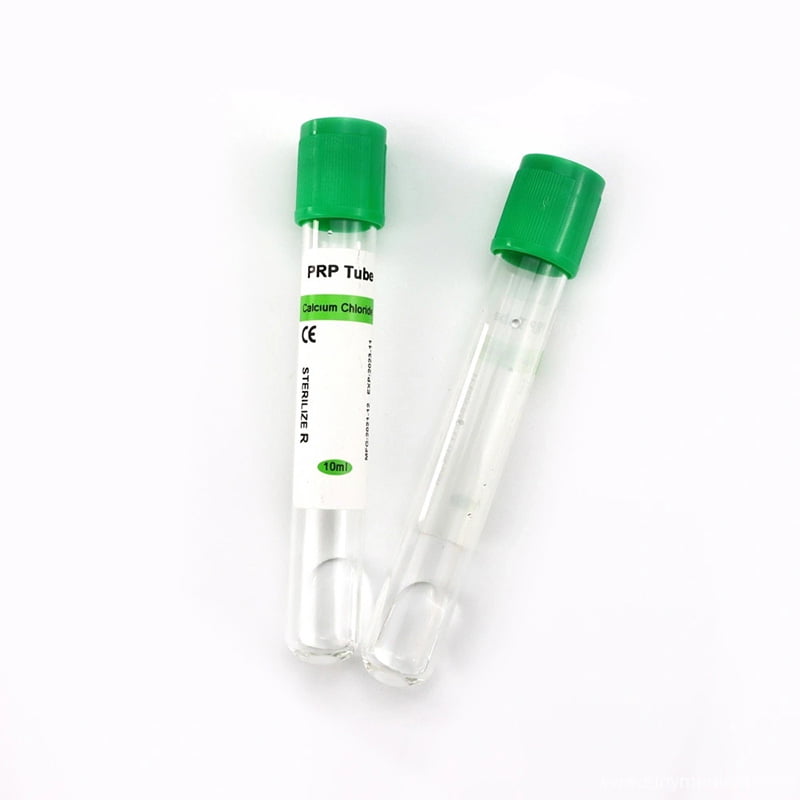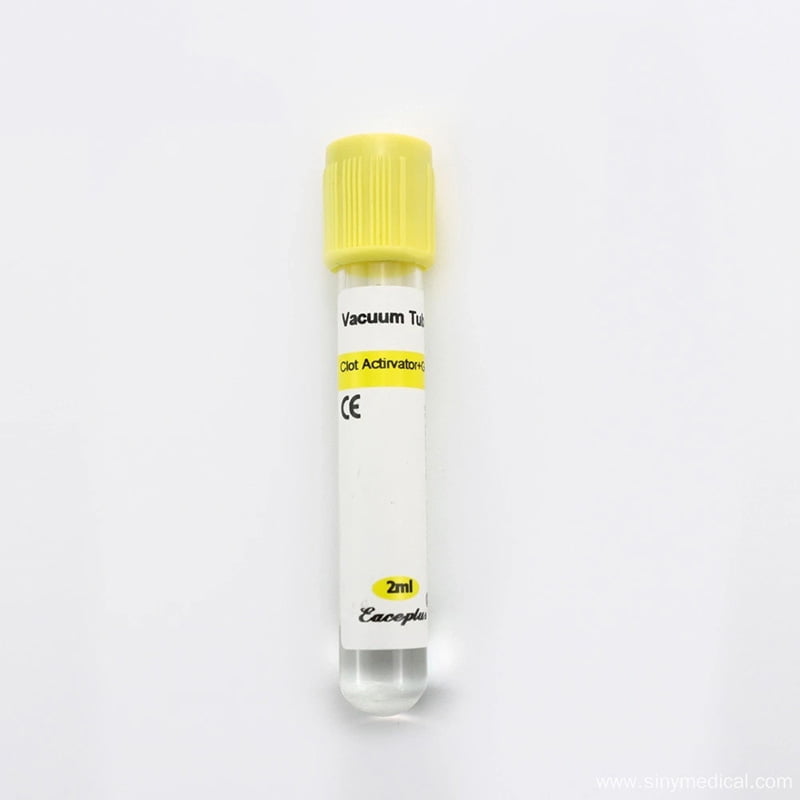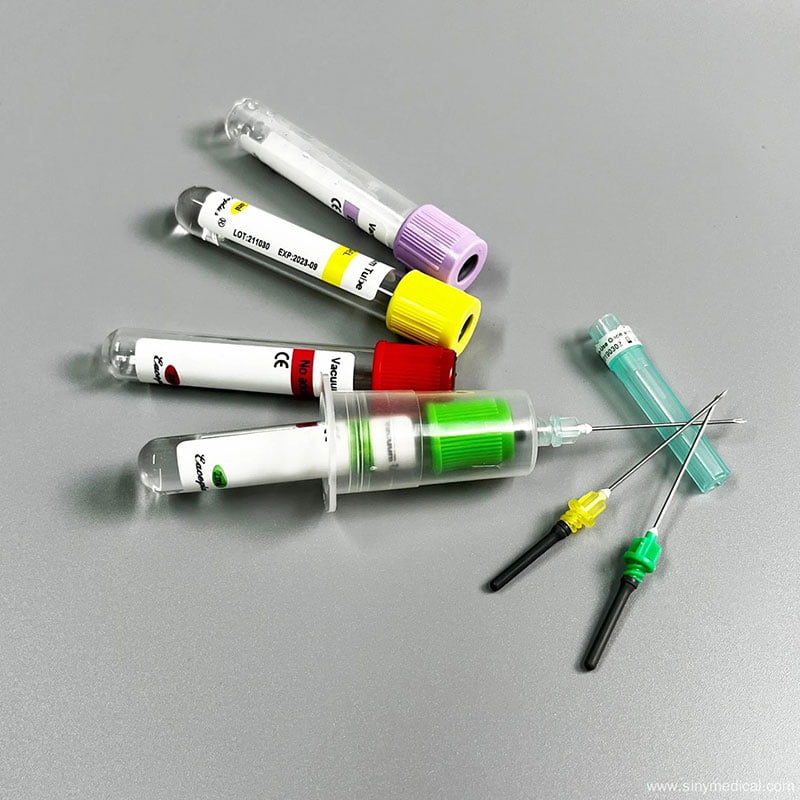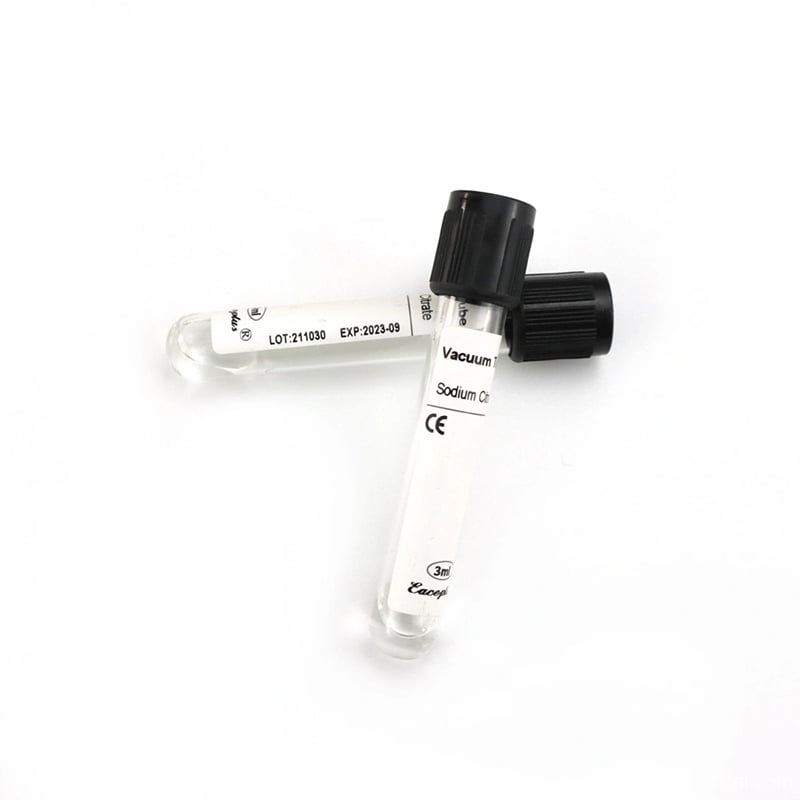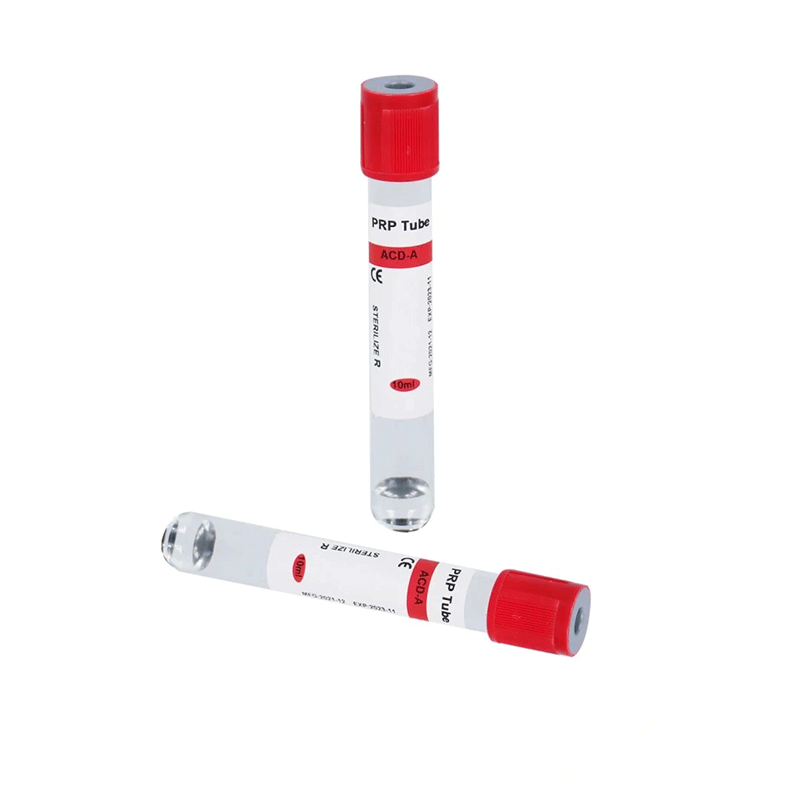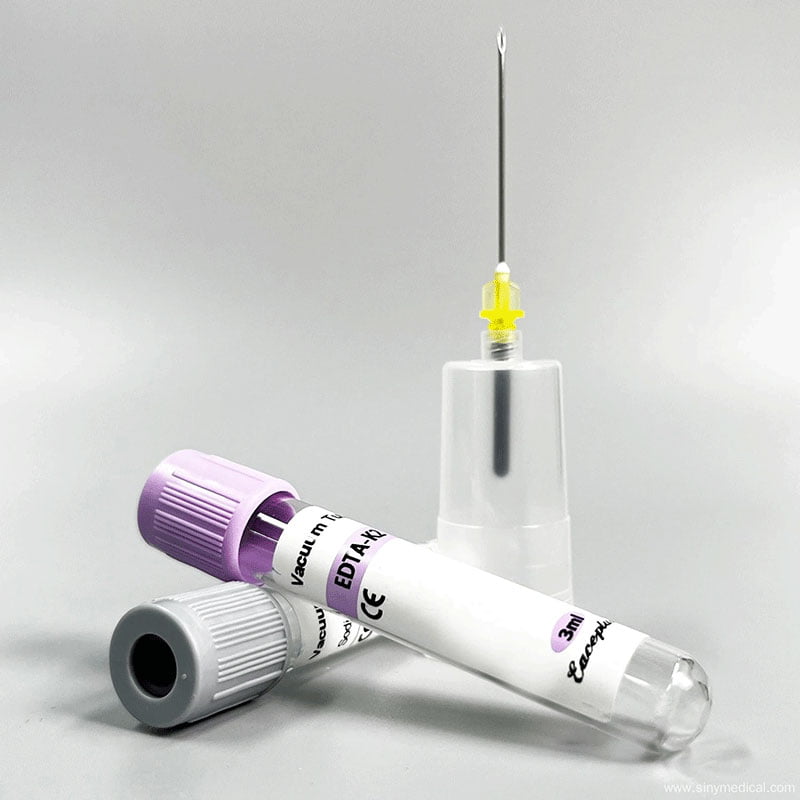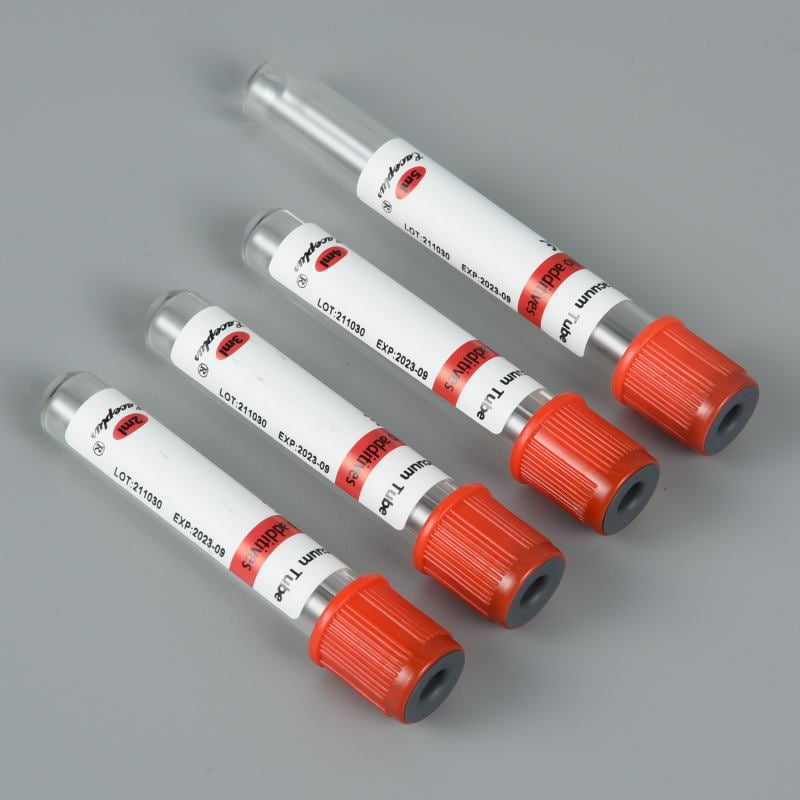A cryogenic tube is an essential laboratory consumable designed to preserve biological samples at ultra-low temperatures, including liquid nitrogen vapor (-196°C). These specialized tubes, made from high-quality polypropylene, guarantee secure storage of DNA, RNA, proteins, cells, and other sensitive specimens. In this detailed guide, we’ll dive deep into what cryogenic tubes are, their structure, advantages, applications, and why Siny Medical Cryogenic Tubes are a reliable choice for safe cryopreservation.
Table of Contents
- 1 Understanding Cryogenic Tubes
- 2 Materials and Design Features of Cryogenic Tubes
- 3 Types of Cryogenic Tubes and Their Applications
- 4 Features of Cryogenic Tubes
- 5 How to Properly Use and Store Samples in Cryogenic Tubes
- 6 Technical Specifications of Cryogenic Tubes
- 7 Why Choose Siny Medical Cryogenic Tubes?
- 8 Final Wrap-Up
- 9 FAQs
Understanding Cryogenic Tubes
At its core, a cryogenic tube (often called a cryovial) is a small, durable storage container engineered for the preservation of biological samples at extremely low temperatures. Regular lab tubes, cryogenic tubes can withstand freezing conditions as low as -196ºC in liquid nitrogen.

The tubes are commonly used to store:
- Blood samples
- Cell cultures
- DNA and RNA
- Vaccines and enzymes
- Other sensitive biological materials
What sets cryogenic tubes apart is their ability to maintain sample integrity without leakage or contamination — a critical feature for laboratories, research centers, and biobanks.
For more product details, you can explore Siny Medical’s Cryogenic Tubes.
Materials and Design Features of Cryogenic Tubes
The performance of a cryogenic tube depends largely on its material and structural design. Most reliable tubes, like those offered by Siny Medical, are manufactured using medical-grade polypropylene (PP).
Here’s why polypropylene is preferred:
- Durability: Resistant to cracking under ultra-low temperatures.
- Chemical Resistance: Protects against solvents and alcohols used in labs.
- Biocompatibility: Safe for biological storage without altering samples.
Key Features You’ll Find in Cryogenic Tubes
- Silicone O-ring seals – Prevent leakage, ensuring secure storage.
- External & internal screw caps – Reduce contamination during sample handling.
- Graduation marks – Allow accurate measurement of sample volume.
- Sterilization options – Many tubes are gamma-sterilized and DNase/RNase free.
- Withstand centrifugal force – Up to 20,000xg without damage.
Want to see an example? Check out the Siny Plastic Cryogenic Vial Cryovial Tube, which offers all these advanced features for reliable cryopreservation.
Types of Cryogenic Tubes and Their Applications
Cryogenic tubes vary by capacity, cap style, and intended storage method. Below are common types:
1.8 mL Cryogenic Tubes
Ideal for small sample volumes, these tubes combine compactness with secure sealing. Researchers often use them in molecular biology to store DNA and RNA samples.
5 mL Cryogenic Tubes
With a larger capacity, these tubes cater to bulkier specimens like tissue homogenates or multiple aliquots of blood plasma.
Cryovials with External Screw Caps
Designed for freezing samples with enhanced protection from contamination during handling, Ttubes provide an extra secure environment.
2D Cryovials
Equipped with a 2D barcode for automated sample tracking, these tubes are increasingly popular in biobanks and large-scale research projects.
You can explore different models such as Siny Medical’s 2D Cryovials and plastic cryogenic vials for more versatile options.
Features of Cryogenic Tubes
Cryogenic tubes pack features that make them the go-to choice for sample storage.
- High-Quality Material: Made from polypropylene, these tubes are durable and resistant to extreme temperatures.
- Leak-Proof Design: The silicone O-ring ensures a tight seal, preventing leaks and contamination.
- Graduated Markings: Many cryovials come with graduated markings for accurate sample measurement.
- Centrifuge Compatibility: These tubes can withstand centrifugal forces of up to 20,000xg, making them versatile for various lab procedures.
- Color-Coded Caps: The caps are available in different colors for easy sample identification.
For a closer look at our cryogenic tubes, visit our Cryo Tube Product Category.
How to Properly Use and Store Samples in Cryogenic Tubes
To ensure the maximum benefit of cryogenic tubes, follow best practices for sample handling:
- Always label tubes clearly using permanent markers or printed labels designed for cryogenic temperatures.
- Appropriate personal protective equipment when handling cryogenic material.
- Seal caps tightly to avoid leaks but do not overtighten which can cause damage.
- For high-speed centrifugation, verify the tube’s rated maximum g-force to avoid breakage.
- Store tubes upright in cryogenic racks to minimize sample disturbance.
- Minimize freeze-thaw cycles by aliquoting samples into multiple tubes.
For additional guidance, consult Siny Medical’s customer support via their contact page.
Technical Specifications of Cryogenic Tubes
Here’s a quick look at the technical details of commonly used cryovials:
| Capacity (mL) | Sealing Ring | Graduation | Cap Color | Packaging (pcs/bag) |
|---|---|---|---|---|
| 1.8 mL | Yes | Yes | Random | 500 pcs/bag |
| 5 mL | Yes | Yes | Random | 200 pcs/bag |
| 5 mL | No | Yes | Random | 200 pcs/bag |
This ensures that labs can select tubes based on storage volume and sealing needs.
Why Choose Siny Medical Cryogenic Tubes?
Siny Medical is a global leader in medical consumables, offering premium-quality cryogenic tubes trusted by researchers worldwide. Here’s why they stand out:
- Manufactured with high-grade polypropylene.
- Available in multiple designs – external caps, internal caps, and 2D cryovials.
- Tested to withstand 20,000xg centrifugal force.
- Leak-proof and DNase/RNase free.
- Affordable yet high-performance.
Want to explore their full product range? Visit:
You can also follow them on YouTube and Made-in-China for more updates.
Final Wrap-Up
A cryogenic tube is far more than a simple storage container; it’s a lifeline for biological research and medical science. By preserving samples at ultra-low temperatures, cryogenic tubes safeguard invaluable data and biological materials that drive breakthroughs in medicine, genetics, and biotechnology.
When it comes to quality, durability, and safety, Siny Medical Cryogenic Tubes are among the best options available worldwide. Whether you need external-cap cryovials, internal-cap tubes, or advanced 2D cryovials, Siny provides solutions tailored to the needs of modern laboratories.
FAQs
1. What is a cryogenic tube used for?
A cryogenic tube is used to store biological samples like blood, cells, DNA, RNA, and proteins at ultra-low temperatures.
2. Can cryogenic tubes be used in liquid nitrogen?
Yes, high-quality cryogenic tubes such as Siny Cryo Tubes can withstand storage in the vapor phase of liquid nitrogen (-196°C).
3. Are cryogenic tubes sterile?
Manufacturers gamma-sterilize many cryogenic tubes and ensure they are DNase/RNase free, which makes them safe for genetic and cellular research.
4. How should cryogenic tubes be stored?
Store cryogenic tubes in cryogenic racks and boxes, preferably in the vapor phase of liquid nitrogen, to maximize sample safety.

